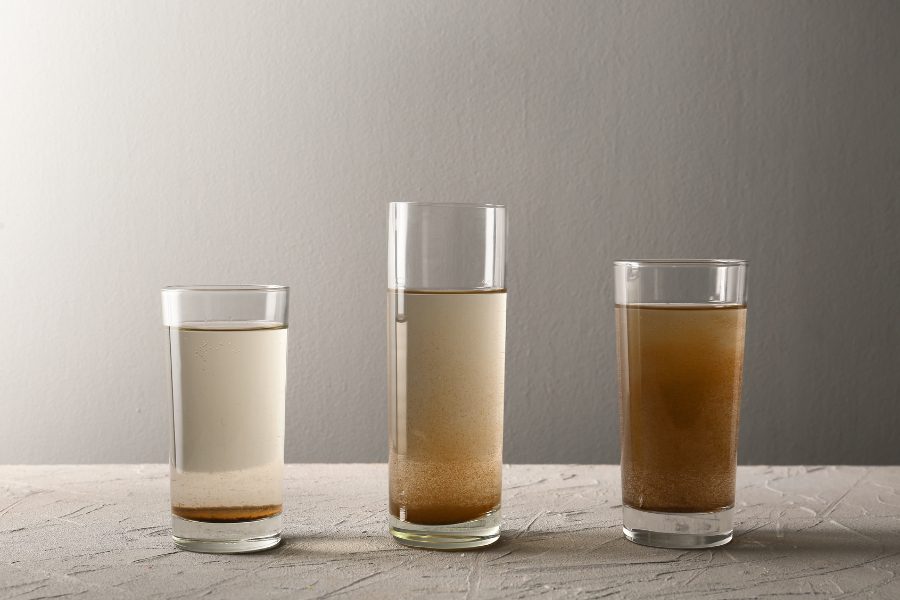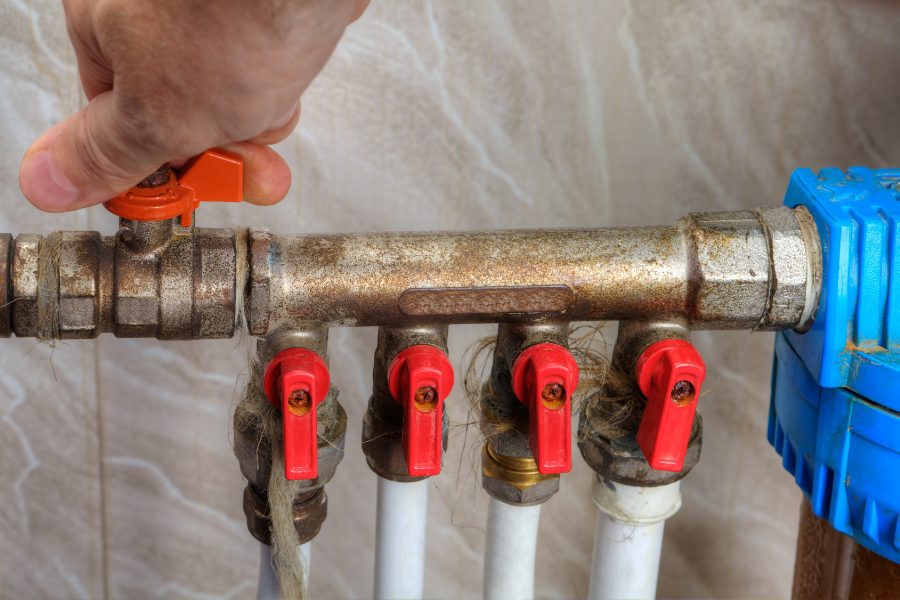We all know certain solutions to plumbing issues when they are easy fixes. Problem with pipes? Clogged your toilet? Grab the plunger and apply some elbow grease. Water draining slower from your bathtub after you take a shower? Snake it out and you may find a greased-up hairy collective blocking the flow. What about less common issues? Other things happen within your sewer and plumbing system you just may not know how to best deal with! So here are a few guidelines you can follow the next time you find yourself in one of these situations, and when it is best to leave it to the professionals.
In this article, we will organize these questions and their answers based on how they relate to a certain area or aspect of your sewer and plumbing system. So if any of these situations sound familiar to you now, or you find yourself dealing with them in the future, you will know what to do.
Water is a fundamental element of our daily lives, and it plays a crucial role in the functioning of your plumbing and sewer systems. However, many homeowners and tenants often have questions and concerns about their water-related systems. Here are some of those questions you may have asked yourself, or haven’t thought about before.
Question 1: “Why does my water look cloudy or discolored?”

Answer: Cloudy water is often a sign of air bubbles in the water supply. You can see this happen when you open the faucet on a higher setting and fill up a glass of water, and it appears cloudy but that subsides in a minute. This shouldn’t be a cause for concern. If the water has a slight discoloration, you can run the faucet for a few minutes until it clears up. Cloudy water like this is common in cold weather, and just as the bubbles form when you heat up water to boiling, the temperature change from outside to inside has a similar effect.
However, if trying this doesn’t resolve the discoloration, it might indicate the presence of sediment or rust in the pipes. Tiny particles of dirt can get in your pipes, often through minor cracks that expose your water supply to dust or dirt underground. Older pipes are susceptible to rust which can affect the water quality over time, giving it a rusty or reddish-brown hue. If this is the case, it is a good idea to have your pipes inspected by a professional to determine the location or the source of the rust, and potentially replace them with newer ones. If it is an issue with the water source instead, you can also clear it up with a sediment filter.
Question 2: “What is the difference between soft water and hard water?”
Answer: The quality of your water is directly related to how “hard” it is. The hardness of water is related to its mineral content.
Soft water is characterized by its low mineral content, primarily consisting of calcium and magnesium ions that naturally occur in specific regions depending on your location.
Hard water is characterized by having a high mineral build-up; higher levels of calcium and magnesium.
When you are dealing with hard water in your pipes, the mineral deposits accumulate in your pipes over time, and that can also be visible to you when the water comes out of the faucet. You can also notice there is some build-up around the fixtures or toilet bowl as the deposits leave a reddish-brown tint behind. These build-ups eventually lead to a reduction in your water flow or pressure and can lead to damage to your appliances. In this case, it is best to invest in a water softener system to treat the hard water and soften it. You can also maintain the health of your pipes by calling your local sewer company to perform hydro jetting.
Question 3: “Can I treat the water myself by boiling it to remove the impurities?”
Answer: This is a common misconception. When you boil water, especially hard water, the impurities do not evaporate from the water. The water actually evaporates, which leaves you with a higher concentration of those minerals, such as calcium and magnesium, and other chemical changes like the fluoride that is found in the treated water supply. We won’t go into the chemistry behind this, but there are more effective ways to achieve clean, soft water in your home.
As mentioned before, you can install a water softener system in your home that filters out the chemicals. Water softener systems use ion exchange technology that replaces calcium and magnesium ions with sodium ions. The filters then collect those extracted minerals and have to be changed a few times during the year to maintain a clean water supply and prevent damage to your appliances and even your health.
Another solution is chemical water conditioners. These can be added directly to the water supply which reduces the mineral content. The conditioners prevent the minerals from accumulating in your pipes, which can lead to other problems.
Question 4: “Should I turn my water off if I am leaving for vacation or an extended period of time?”
Answer: Shutting off your water supply when you leave your home is a responsible and prudent step that can help prevent potential water-related disasters that can occur while you are away. But it is also a great way to conserve water. You can prevent possible water damage if you have a leaky pipe or pipe bursts while you are gone. There is nothing relaxing about discovering a flooded property after your vacation!
If you know you have a leaky pipe, this is a good course of action to take. Continued leaking over time creates ideal conditions for mold growth. This causes damage to your property and causes health risks – especially if you or anyone else has respiratory issues or allergies. Something to keep in mind is shutting off your water heater as well – as it can lead to potential damage if the heater’s temperature and pressure valve malfunctions or the tank is old and prone to failure.

Question 5: “Where is my main water shut-off valve?”
Answer: You can find your water shut-off valve in several possible locations, depending on the kind of property you have. If you have your home inspection report it will tell you exactly where it is. If not, you can find it along the interior perimeter of your home, since that is where the water line supplies the pipes for all of your appliances and fixtures. You can find it a short distance from your water meter, and in order to stop the water flow, you would need to turn it 90 degrees. This will prevent the toilets from flushing, pipes from leaking, and prevent the icemaker in your refrigerator from making ice if you have one.
Contact The Pipe Doctor for Any Plumbing Questions
These are some of the guidelines that you should know to make the best decisions when certain issues arise. However, when in doubt, calling the professionals is always a good idea. In the greater Seattle area, you can always give The Pipe Doctor a call for any sewer and plumbing concerns you have! We are there for you 24/7, to support the drainage in your home, sewer repairs, and maintain the health of your pipes.

